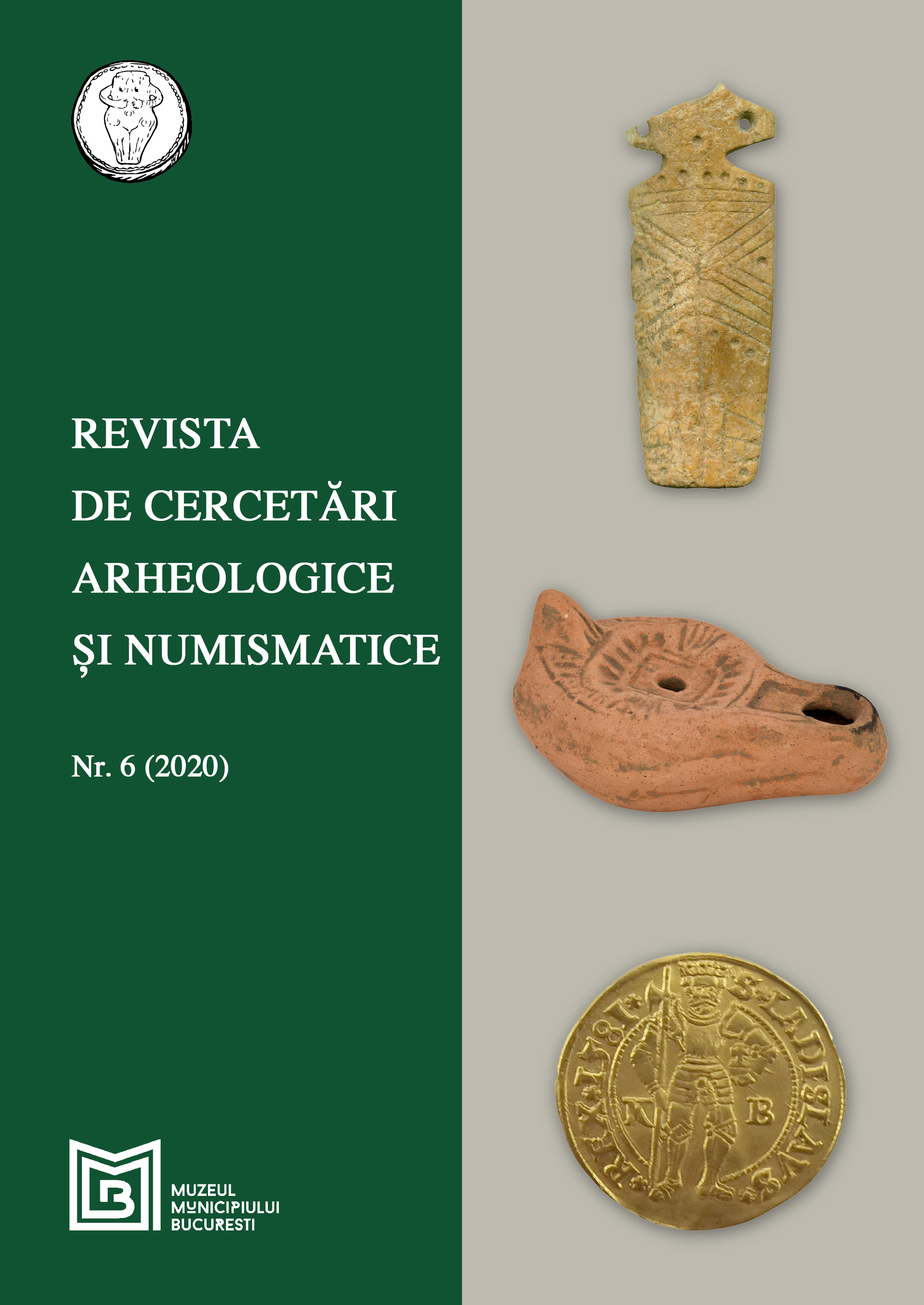WHO’S WHO? URANOPOLIS AND LAMPSAKOS.
AGAIN ABOUT SYMBOLIC ELEMENTS ON EARLY
LYSIMACHUS TYPE STATERS
WHO’S WHO? URANOPOLIS AND LAMPSAKOS.
AGAIN ABOUT SYMBOLIC ELEMENTS ON EARLY
LYSIMACHUS TYPE STATERS
Author(s): Emanuel PetacSubject(s): History, Diplomatic history, Economic history, Military history, Ancient World
Published by: Editura Muzeului Municipiului Bucuresti
Keywords: Lysimachus;Uranopolis;stater;spear;Pyrrhus;Lampsakos
Summary/Abstract: Founded by Alexarchos, brother of Macedonian king Cassandros, as a Greek free city in the Macedonian kingdom, Uranopolis struck initially silver coins (didrachms) and also bronze samples of autonomous type, having on the obverse the Sun and Aphrodite Urania with a star in inner left field, respectively a star on crescent on the obverse and again Aphrodite Urania on the reverse. They were followed by a relevant amount of Alexander the Great type tetradrachms having as a symbol a star on a cone and various monograms. We notice the sudden passage to a new type, speaking about silver issues of Lysimachus type coins, rare today. The existence of a series of Lysimachus-type staters and tetradrachms having as symbol a star on the reverse, considered to belong to Uranopolis by L. Müller and to Lampsakos by M. Thompson, still generates serious confusion. A specific obverse die-link between two Lysimachus type tetradrachms together with other different iconographical elements (position of the star on the reverse, left figure, outside left or under the throne) suggests a relative succession, better-defined considering also some elements from the Lysimachus type staters with a star on the reverse. This one includes two variants: the standard one (having on the reverse Athena seated left with shield and spear) and a particular one (similar but the goddess is without spear). We still haven’t found a similar situation on similar types of silver coins, but because of their rarity there is not a perfect typological overlap between them and the gold Lysimachus. The introduction of a new monetary type (Lysimachus one, on Uranopolis tetradrachms) must be probably linked with the war between Lysimachus and Pyrrhus for the Macedonian kingdom (285-284 BC). Lysimachus’ victory was the reason for this significant change, the city adopting the winner’s currency. The series of Lysimachus type staters and tetradrachms having the star on the reverse (in the left-field or under throne) seems to belong rather to Lampsakos than to Uranopolis and the presence or the absence of a very particular and specific attribute of Athena (the spear) was probably related to a certain attitude of the city during the desperate and failed attack of Demetrios Poliorcetes against Lysimachus provinces from Minor Asia. We have the same situation half a century later, on the Lysimachus type stater of the West Pontic Greek cities (Tomis, Odessos, Mesembria) until Byzantion also. Polybius (IV, 52) speaks about the direct link between the war and the symbolic value of the spear.
Journal: Revista de Cercetari Arheologice si Numismatice
- Issue Year: 2020
- Issue No: 6
- Page Range: 355-367
- Page Count: 13
- Language: English

